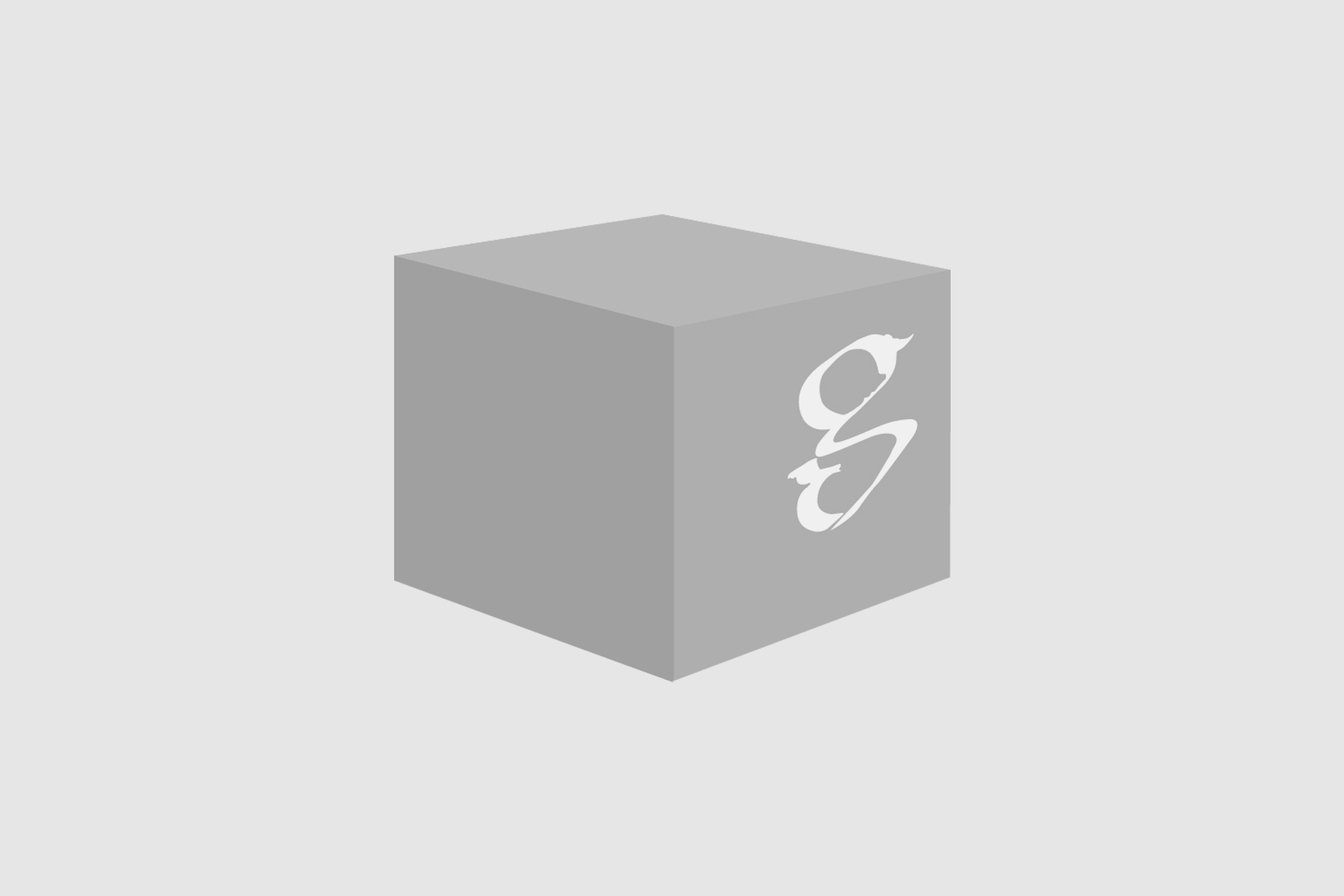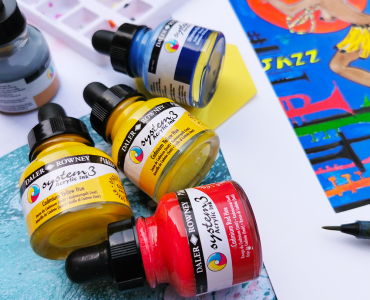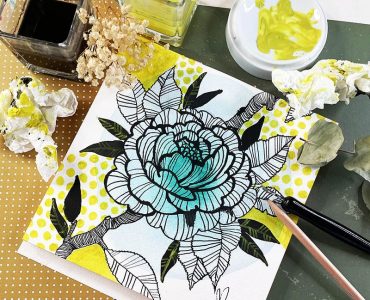Lyra, a brief history…
Lyra was created in 1806 in Nuremberg. The city, then imperial, was integrated into the new Kingdom of Bavaria, which lead to a liberalization of commerce and industry favourable to the creation of enterprises.
The instigator of these disruptions was Napoleon, whose military victory in Austerlitz indirectly benefited Johann Froescheis, the founder of Lyra. In 1806 Froescheis took over as head of a factory originally created in 1774 to begin the manufacturing of graphite pencils, and they are now known as the oldest brand for the product.
Lyra quickly became a successful company and Georges Andréas Froescheis succeeded his father as head of the company in 1848. The lyre, which was used as the logo for the company, became a registered trademark in 1868 to assert the quality of the products.
From 1860, the handcraft fabrication gradually gave way to industrial production with steam machines which allowed them to increase production. When Johannes Grosser became the owner of Lyra in 1878 he opened the doors of international market to the brand by creating subsidiaries in many countries.
The Lyra Orlow pencil range was then launched in 1895 with great success, and Lyra continued to grow until it became one of the biggest pencil factories in the world. In 1900 there were more than 500 employees and they were producing more than 53 million pencils and 120 million leads per year. The brand conquered the international markets and went on to open a factory in Milan in 1932.
The original Lyra factory in Nuremberg was destroyed during the Second World War and was rebuilt by Wilhelm Koerper and later his son Friedl Blaul continued to manage the project. When the 180th anniversary of the company was celebrated in 1954, Lyra relocated to a new production unit in Nuremberg-Gebersdorf, which is still the current head office.
The UK branch is still located in Nottingham where the factory was opened in 1992.
Manufacturing Lyra Products
The lead of a pencil is composed of two elements: graphite, that gives the colour, and clay that is used as a binder and influences the hardness of the lead. The mixing proportion of these elements will determine the hardness of the lead, the more graphite there is, the softer the lead will be. The two materials are thinly ground then mixed. The fineness of the grinding and the homogeneity of the mix are crucial quality criteria to obtain a good pencil. The graphite and the clay are mixed in water in until a thin and homogenous paste is obtained. The leads are formed with an extruder and then they are cut to the desired size. The leads are then cooked at 1200°C to achieve the final consistency.
The lead of a coloured pencil is made of colour pigments, wax, binders, which create an alloy and ensure resistance, and mineral charge material such as talcum or kaolin (finely ground, this material also used in glass production). The quality of the lead depends on the fineness of the different components but also on the quantity and reliability of the pigments. For the fabrication of the Rembrandt Polycolor pencil, 100kg of raw materials results in the production of 12.000 pencils. A large proportion of pigments guarantee an excellent quality of lead and an intense pencil stroke. The mix of the different ingredients forms a homogenous paste which will be divided into leads thanks to an extruder and cut at the required length. The leads are dried at around 90°C. Unlike graphite leads that have to be cooked, colour leads are dried in a drying oven and then plunged into a 115°C wax bath, which intensifies the chromatic quality of the lead and allows a better application on the paper.
The small wooden plates that make up the pencils and colour pencils are made of Californian cedar wood. After cooking and drying, the leads are coated with glue ready to be placed into the grooves of the cedar wood plates.
Another plate with the same grooves is applied by mechanical pressure onto the first plate, forming a wood and lead sandwich which is held in place until the glue dries. The external surface of the plates is then treated and they are cut into several raw pencils (number of pencils per plate varies). The colour, the hardness, the length of the lead and the quality of the wood are controlled on each step.
The raw “tubes” are then sharpened, painted and varnished. The edges are also polished to round them off. A hot marking is then applied by an engraved block which is pressed onto a very thin gold or silver paper sheet to transfer the brand onto the pencil.
The pencils are then always tested by artists who will give their opinion on colours and the lead’s consistency.





















Add comment